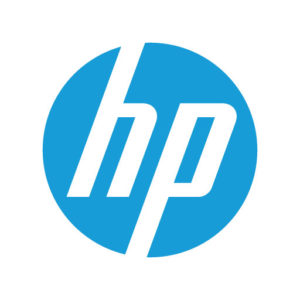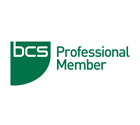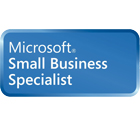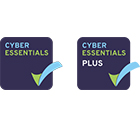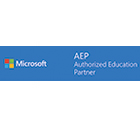Despite how vital data recovery plans are, it’s no secret that they’re rarely a top priority for small businesses. Recent statistics have shown that 93% of companies without disaster recovery plans who suffer a major data disaster are out of business within one year. If you’ve never heard of a recovery plan, we’ll explain why they’re vital to your company and exactly how to put one in place.
If you’re not sure if a data recovery plan is right for you, there’s one question you need to ask; could your business survive a catastrophic loss of data? If the answer is no, it’s time to start seriously considering the implementation of one in your security plans.
What is a data recovery plan?
A data recovery plan is a structured step-by-step action guide to responding to unplanned incidents. The plan is created to ensure responses to incidents are as effective and efficient as they can be.
Do I really need disaster recovery?
A recovery plan will protect the important, and often sensitive, data on your computer system. Computers are vulnerable to theft, damage, cyber attacks and viruses, leaving your databases, financial documents, emails, documents and much more at risk. Ensure they stay safe in a moment of crisis with a thorough recovery plan.
The key benefits
- Cost-efficiency
- Testing responses for a variety of potential situations
- Greater customer retention
- Eliminate the loss of important data
- We safeguard your information through encryption
- Protect your company’s reputation
- Control and customisation your recovery plan
- Proactive, daily monitoring
A disaster can occur for a number of reasons such as a data breach, hard-drive failure or cyberattack. By implementing a good plan, you can significantly decrease downtime and can ultimately save you money, (as described in our IT support for SME’s blog).
What next?
If you’ve decided that you can’t risk not having a recovery plan in place, a recovery plan is included in most comprehensive IT support contracts. If you’d like to know more call us today on 0117 370 0050 to discuss your options or complete our contact form.
We offer different levels of IT support to suit your needs – visit our services page to find out which of our support packages are right for you, or read our blog on the benefits of remote IT support.



